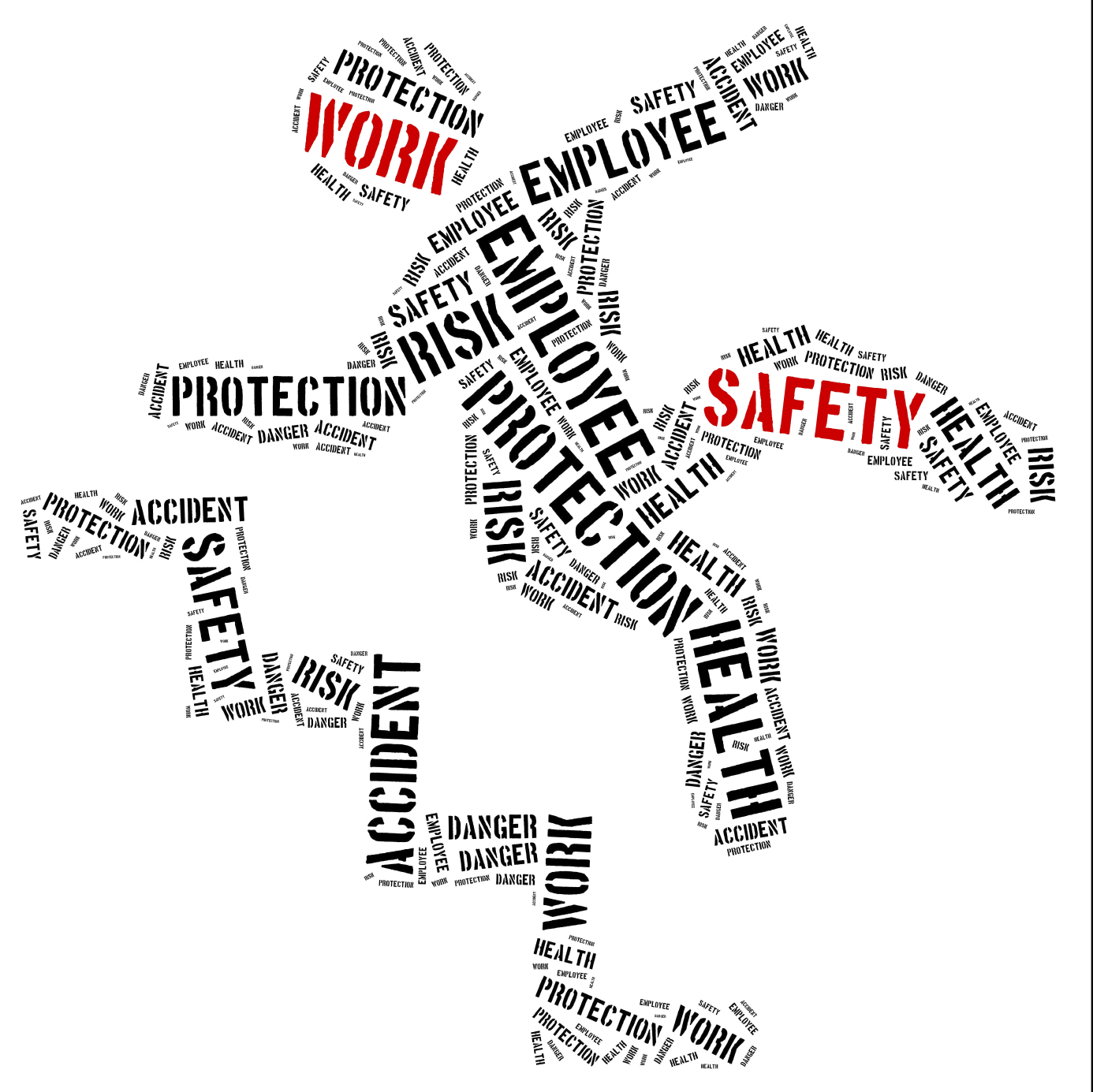What makes a Safety Program successful?
There are many benefits to fostering a positive health and safety culture within your organization. The challenge is to implement your health and safety manual/program with success. Here are some elements that make your program a success;
Management
One of the first questions posed on an audit is surrounding management’s support and review of the health and safety program. Leaders of the organization also need to be leaders of the Health & Safety Program. They should lead by example, speak to the people and support supervisors and HSE personnel in the execution of the program. This will absolutely be a solid foundation in fostering a positive safety culture.
Some tips:
- be present at toolbox talks/safety meetings,
- partake in worksite inspections,
- hold personnel accountable for action items,
- be a force behind your new hire orientation (it’s one of the first things new employees see) and
- show that you are an exemplary member of your team working safely.
Written Health & Safety Manual
The written safety manual is THE foundation of your program. It describes how you will ensure your employees work safely and outlines the safety requirements for ALL the work your company does. It’s important that the safety manual is applicable to your company, describes the actual work executed and is functional. Having a safety manual that is not specific to your company or one that is difficult to utilize, is just as good as not having one at all.
Program Implementation
Starting something new always has a process that either leads to success or failure. The implementation process should be guided by a knowledgeable HSE representative. The number one priority is to inform the workforce through orientation. The roll out of the orientation should be followed by;
- posting workplace HSE policies,
- regularly scheduled toolbox talks,
- formal safety meetings,
- weekly HSE bulletins,
- formal and informal worksite inspections,
- fire drills,
- tool and equipment inspections,
- safe work practice review,
- safe work procedure development/review and,
- verifying compliance with requirements.
The key to success is to be consistent, follow-up and hold team members accountable for their individual responsibilities.
Program Evolution
Once the program is implemented, it’s a matter of following through with requirements. Safety manuals are living documents, there are always new ways to safely execute a task that’s been around for years. It’s important that the team leaders be open to new ideas and provide feedback on improving current policies, work practices and procedures.
While the requirement for a Health and Safety Program is legislated, the reason for it’s implementation can determine if it’s a success or failure. A safety program will be successful if you truly believe in the need for the protection of workers and your organization.


